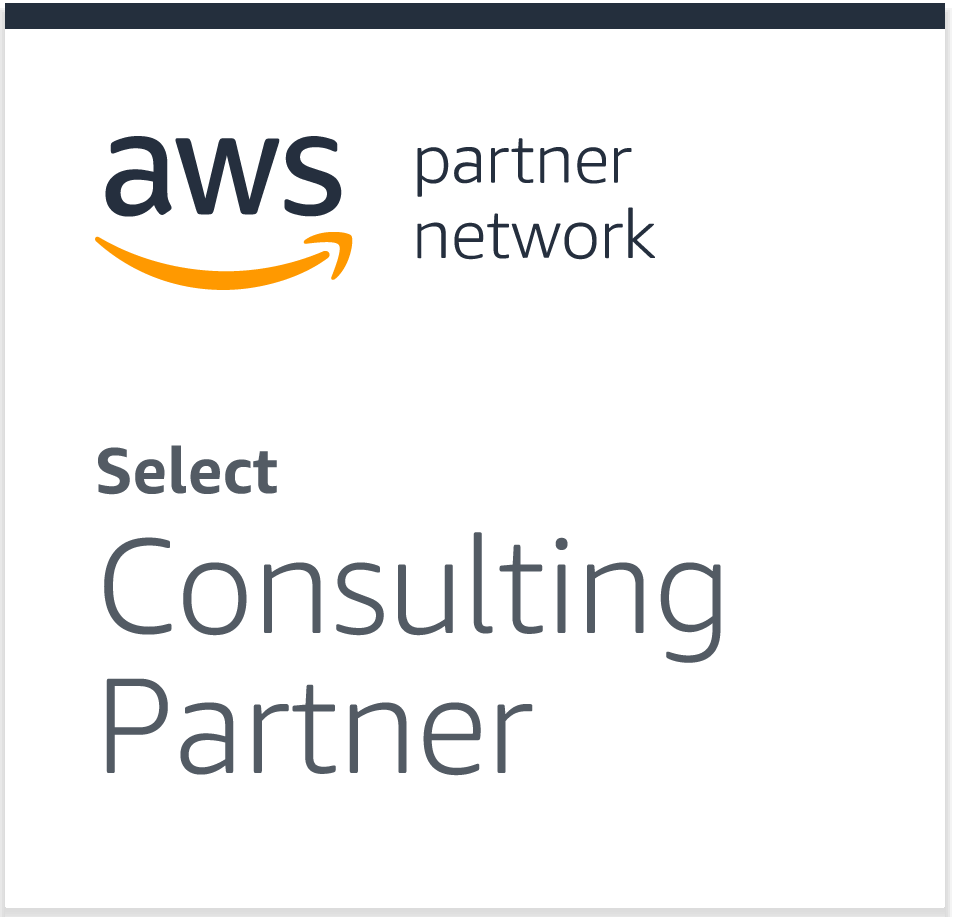Case study: how UKRGASBANK digitized mobile banking based on AWS services

UKRGASBANK is a leading ECObank of Ukraine that cares about the environment by financing energy-saving projects. Today, it is an absolute leader in «green» investing. The bank provides both traditional and innovative products and services. In terms of assets and market share, it ranks fourth among all Ukrainian banks. As of 2019, its total assets amounted to UAH 118.4 billion. The number of clients totals 2.1 million. The service network has 247 branches in all regions of Ukraine. UKRGASBANK works with corporate clients, small and mid-sized businesses, and individuals
About the project
EcoBank is a robust banking platform that was released in 2014.It allows clients to manage their payments 24/7 from anywhere in the world.The app runs on many devices, including Android, iOS, web, and provides a wide range of services:
- Transfer money to a card of any bank
- Replenish the mobile phone
- Make payments, including utility bills
- Exchange currency
- Get cashback for buying goods and services
- Connect Google Pay or Apple Pay
- Check transactions history
- Set regular payments
- Create payment templates
- Check nearby ATMs and bank branches

Сhallenge
Initially, all bank’s servers were hosted on dedicated servers. As new options were added and the app improved, the load increased, and the bank had to look for additional servers. Yet, having many servers in various locations caused many problems. The bank’s team spent a lot of time installing and adding new instances. When it was necessary to scale, they had to wait for several hours or even days until the new server was delivered. And after — until they get a response from the customer support. Besides, the bank often faced downtimes while spending a lot of money on maintaining IT infrastructure.
At some point, it became clear that existing providers could not guarantee stable work. Besides, the bank wanted to be flexible and manage everything from one place. Taking all this into account, they came to a single decision — AWS. Shortly, they started the process of migration.
Solution
For migration, we chose to rent a virtual machine and database. Firstly, we moved the development and testing environments into the Amazon cloud. After that, we migrated the production environment. The whole process took five days.
Here is a full list of services that we used to ensure the stable app operation:
AWS VPC and EC2. With these services, we have obtained truly secure and, at the same time, scalable cloud hosting for our backend core. Having configured auto-scaling policies, we got the desired performance level of our production environment.
AWS Virtual Private Gateway and Transit Gateway. We used it to route traffic from a VPC cloud and establish interaction between multiple accounts’ resources.
AWS Route 53 served to manage and protect DNS.
AWS Certificate Manager allowed us to deploy public and private SSL/TLS certificates needed to protect network connections.
AWS ALB helped distribute the load on the app using the HTTP and HTTPS protocols.
AWS RDS took on routine database operations, such as deployment, patching, backup, recovery, and troubleshooting.
AWS Elasticache served to improve app performance. We used Redis and Memcached to reduce response time to fractions of a millisecond.
AWS Cloudformation enhanced the efficient work of the system by creating templates. If the CloudFormation service detects errors during scaling, it automatically rolls back and prevents accidental removal or updating of the working infrastructure.
AWS S3 was used to protect data from unauthorized access with extensive encryption capabilities. We blocked public access to all objects at the account level using the S3 Block Public Access function.
AWS EKS is a logical add-on to EC2: with Elastic Kubernetes Service, we can easily manage our AWS EC2 instances, deploy, update, or maintain our app containers.
AWS IAM was used as a service tool for managing access to the Amazon services we are using, so we don’t risk losing access to any part of our environment if some of our personnel go on vacation.
AWS Global Accelerator helped us significantly improve the network performance of the app. It gives us a static IP address. After that, the user requests that come to that entry point are routed to the most healthy endpoints.

A full list of bank projects where we use AWS includes:
- Mobile banking;
- Credit factory;
- CRM, including communication with customers and newsletters;
- Mobile banking for small and medium businesses;
- Card personalization center;
- Apple Pay and Google Pay.
Outcome
Business growth and the specific nature of the product required the ability to scale the platform without IT systems’ downtime. Therefore, AWS has come as a perfect solution. It ensured the stable operation of mobile banking and minimized the risk of data loss and damage.
As a result of migration to AWS, we got:
- Cost reduction;
- Business continuity;
- Increased staff productivity;
- Enhanced security;
- Better customer service.
